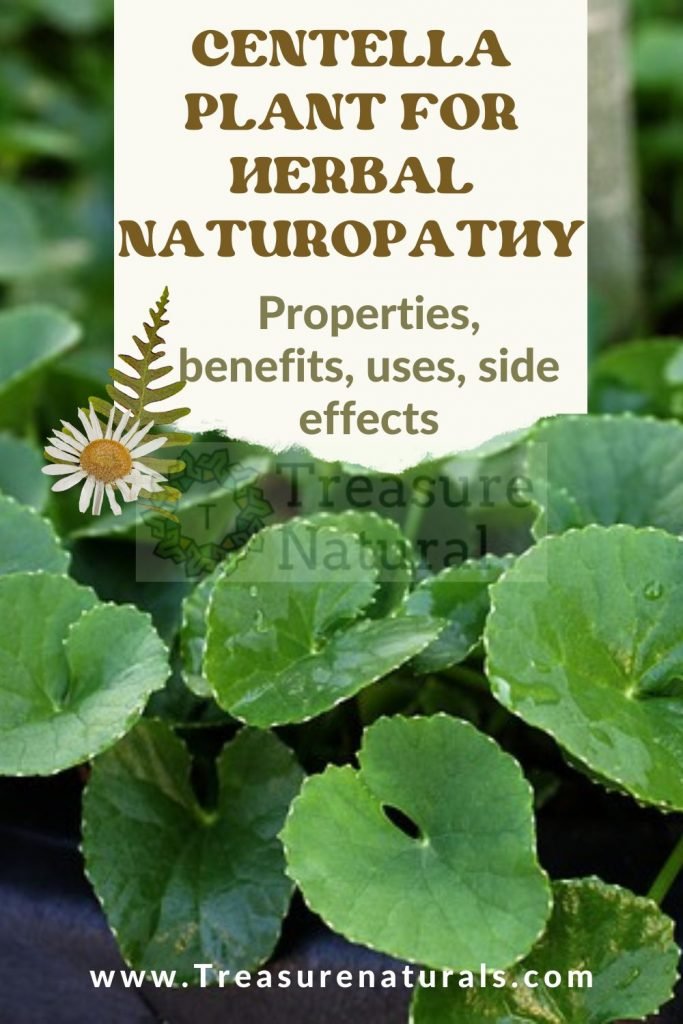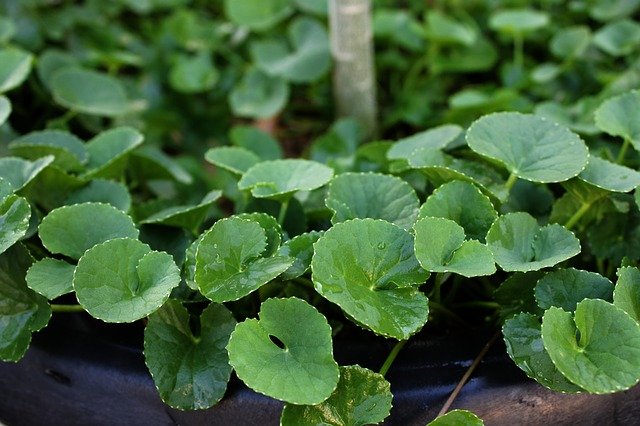
Centella ( Hydrocotyle asiatica or Centella asiatica ) is a plant of the Apiaceae family. Useful for fighting cellulite, it performs a phlebotonic activity which also helps in case of hemorrhoids and diabetes. Let’s find out better.
Properties of centella
The leaves of centella contain triterpenic acids (Asian acid, madecassic acid), essential oil, flavonoids , phytosterols , tannins, mineral salts and sugars, but above all the presence of triterpene saponins (asiaticoside, Asian acid and madecassoside), making it the main remedy to fight cellulite.
The intake of the plant allows to preserve the structure and tone of the vessel walls thanks to its phlebotonic activity. In fact, centella, by strengthening and elasticizing the walls of blood vessels, promotes correct peripheral circulation and is therefore indicated to prevent and treat varicose veins, reducing the dilation of the veins, capillary permeability and subcutaneous edema.
Consequently it is useful to treat venous insufficiency and therefore the swelling, heaviness in the legs and ankles, which derive from it, but also to counteract the pain in the veins, nocturnal cramps in the lower limbs, hemorrhoids and microangiopathy caused by diabetes.
Furthermore, these active ingredients have the ability to stimulate fibroblasts, in their collagen synthesis activity, which is essential for the health of various tissues, such as the dermis, the connective tissue and, as we have said, the walls of the blood vessels.
Thanks to this eudermic ( which improves the state of the skin) and restorative properties (which promotes the formation of new cell layers), the plant is also able to accelerate the healing of sores, skin lesions and first and second degree burns, ulcer, psoriasis, dermatosis, eczema and is therefore also used in cosmetics in anti-wrinkle, anti-stretch mark and skin firming products.
How to use
INFUSION : 1 level spoonful of centella leaves, 1 cup of water
Pour the centella into the boiling water and turn off the heat. Cover and leave to infuse for 10 min. Filter the infusion and drink it between meals to take advantage of the phlebotonic action to counteract the problems of the cardiovascular system and cellulite.
Centella mother tincture : 80 gc in a liter of water to drink throughout the day between meals
800 mg dry extract in tablets or capsules to be taken in the middle of the morning.
Contraindications of centella
The intake and use of this herb can lead to photosensitivity, so during the intake period, it is good to avoid exposure to the sun and / or tanning lamps.
Description of the plant
Perennial herbaceous plant, centella has a creeping stem and spreads thanks to its adventitious roots. The leaves with a long petiole arranged in rosettes of 4 or 5, are orbicular or reniform, gray-green in color. The purplish flowers with reddish hues appear in the axils of the leaves.
The habitat of the centella
Native to India and Madagascar, it grows in humid and shady places, typically along waterways or on swampy soil. Spontaneous in the humid places of the tropical and subtropical countries of India, Pakistan, Madagascar, Brazil and Venezuela, today it is intensely cultivated in India (around Calcutta and Bombay) and in Madagascar.
Background

The name centella seems to derive from the verb “centellinare“ with reference to the fact that the plant continuously sips the water of the marshy areas in which it lives. It is also known as “tiger grass” because injured wild animals roll in its leaves to heal and soothe wounds.
It is present in the ancient Vedic texts of the Indian tradition, with the name Brahmi, which attest to its use for the improvement of memory. In Chinese and Ayurvedic medicine it is traditionally used for its healing properties , particularly in the presence of numb sores and varicose ulcers ; for this reason it is used in the treatment of leprosy, tuberculosis, cancer of the uterus, arthritis and hemorrhoids.






